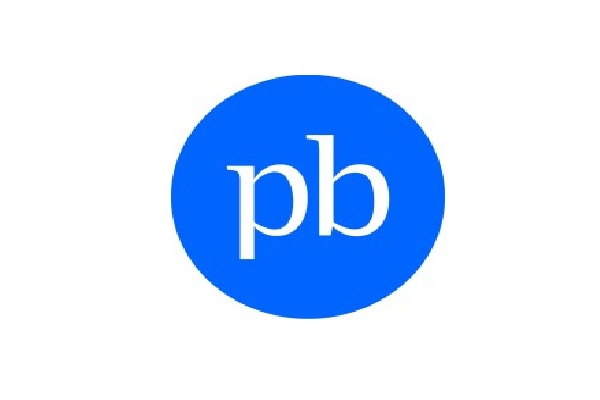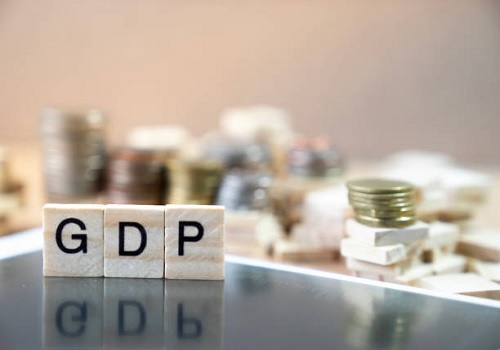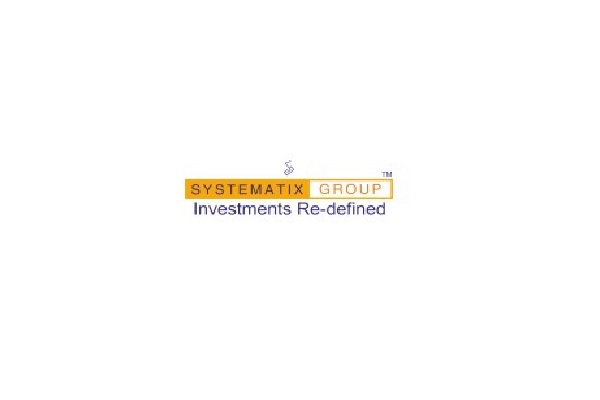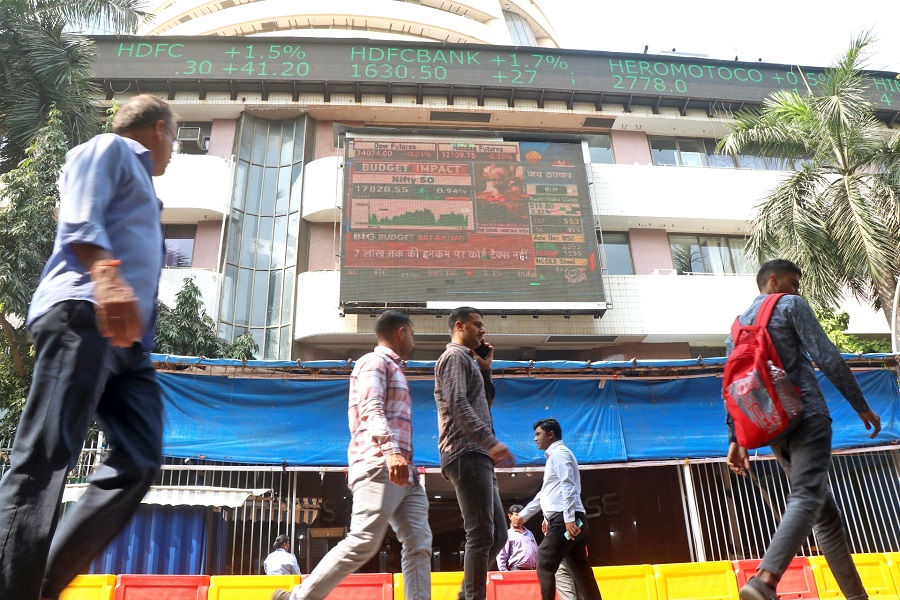Second wave shall strike a blow to India`s GDP; Rupee to hit 76-mark By Heena Naik, Angel Broking Ltd
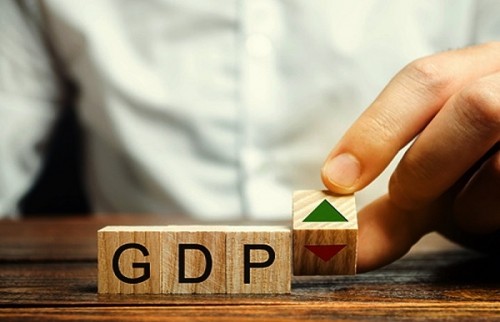
Below are Views On Second wave shall strike a blow to India’s GDP; Rupee to hit 76-mark by Heena Naik, Research Analyst - Currency, Angel Broking Ltd
Second wave shall strike a blow to India’s GDP; Rupee to hit 76-mark
Half of 2021 is over and with the remaining months left, it looks like the Indian economy will take some more time to return back to its pre-pandemic levels of around 5 percent. Apparently, the first wave of coronavirus which had struck the Indian terrain in March 2020 had devastating effects on not only on the countrymen but also the financial markets and economy. These negative effects were then later bought under control with the help of nationwide lockdown. Also, the measures taken by the Finance Ministry too was applauded internationally.
This ‘sigh of relief’ was only temporary as the country had to once again face the backlash of the second wave. The new variant was more severe in nature as it found people fighting for basic necessities such as oxygen and medical supplies. The result was tsunami-like surge in cases in India, making it the world’s second worst-hit country. As of now, it might appear that the second wave is on its way out with daily cases coming down; all thanks to the prompt measures by central and state government. But same is not the case with the Indian markets and its economy!

From the chart, we can see that the first wave had pushed India’s Annual GDP Growth Rate deep into the negative territory of -24.4 percent (June’20 Quarter). Due to nationwide lockdown, manufacturing and the urban economy had come to a grinding halt while the rural economy continued to move because of less strict lockdowns. As a result, agriculture, which is the primary driver of our rural economy providing employment to 58% of our population, continued to grow. Agriculture further benefited from good monsoon and cheaper and higher availability of labor. Due to growth in agricultural sector along with gradual reopening of many economic activities, India’s economy slowly got revived. Currently, the GDP rate stands at 1.6 percent (March’21 Quarter).
However, there is a possibility that the June’21 Quarter shall come on a disappointing note on back of second wave which had bought in a lot restriction. The first wave had primarily hit urban areas but this time the second wave saw rural areas reporting more cases. The situation was further aggravated, due to the inadequacy of medical infrastructure in the rural areas and the rush of patients from villages and smaller towns to urban centers. Due to the lockdowns, APMC Mandis have been closed for operations during the peak harvesting season. Due to the closure of Mandis, vegetable vendors and processing industries have also been hit.
On the other hand, India’s inflation rate is shooting up causing a concern for common man who are reducing their consumption. Retail inflation is currently above the Reserve Bank of India’s 6% upper threshold for inflation. The three main drivers for this was a massive spike in edible oil prices, fuel prices and pulses. Even though elevated inflation will put pressure on the Reserve Bank of India, it is expected to maintain its policy rates unchanged in its upcoming monetary policy review in August to protect nascent economic recovery from the devastating impact of the coronavirus pandemic.

With respect to Indian Rupee, the local unit started to weaken from April’21 when the second wave had struck the territory causing statewide restrictions. Due to this, huge foreign outflows were leading to huge fall in local equities which later impacted Rupee as well. In addition, global factors like strong US Dollar Index also added to Rupee’s woes.
To sum up, even though the worst of the pandemic appears to be behind, India may see only modest improvement in economic activity in the September Quarter of FY22 after facing an economic set back by second wave in the June’21 quarter. There could be strong external demand but on the flipside domestic consumption and investment could get postponed by mobility restrictions. Also, high crude prices can also be a potential drag. Moreover, mass vaccination will take a lot of time for the entire population to get fully vaccinated which means reopening the economy completely is still a distant dream considering fears of a third wave of the pandemic have spread lately.
Rupee, on the other hand, could appreciate towards 73.50 levels break of which could push it towards 73.20 levels on back of IPO related inflows this month. However, this positive move is only temporary as the economic drag shall keep the Rupee under pressure on back of sluggish foreign inflows who would refrain from making any risky bets. There is a possibility that USDINR could hit 75.50 mark in the month of August, break of which could push it towards 76 levels. Intervention by RBI could be limited considering the governor’s recent statement where he told the investors that the forex reserves, which is at its life time high of $ 609 billion, may not be adequate considering the projected imports and the negative international investment position. There could be exposure to valuation changes and market risk in a world of heightened global uncertainty
To Read Complete Report & Disclaimer Click Here
Above views are of the author and not of the website kindly read disclaimer


